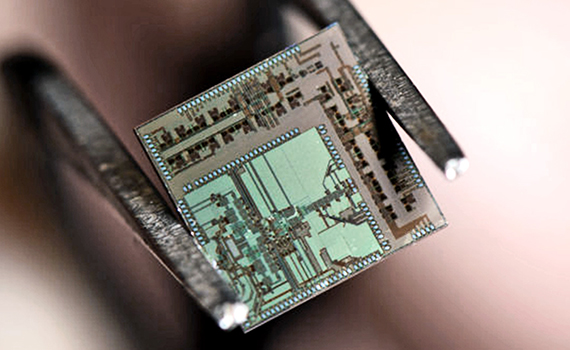NEWS
The new data transmission chip is a hundred times faster than 5G

A chip of only 4.4 mm in size provides communication at frequencies higher than 100 GHz and consumes much less energy than analogs. Such devices will become the basis for future wireless technologies, experts are sure.
Researchers at the University of California, Irvine, have developed a new generation transceiver that processes digital signals much faster and more efficiently than its counterparts. As noted by Futurity, the data transfer rate of the device is two orders of magnitude higher than that of 5G technology. And while it consumes less energy.
The basis of the development is a new digital architecture, which allowed to circumvent the physical limitations on the size and efficiency of the chips.
The transceiver provides operation at frequencies above 100 GHz. These frequencies have only recently been opened for use by regulators in the United States. The new device was the first to provide communication in this range. For comparison, the most "upper" range of the 5G network is 28-38 GHz.
The presence of transmitters and receivers that process high-frequency signals is vital for the development of wireless technologies, such as the Internet of things and robotic mobiles.
The US government has decided to support the development of 5G infrastructure. The main task is to stop the expansion of China in this industry.





